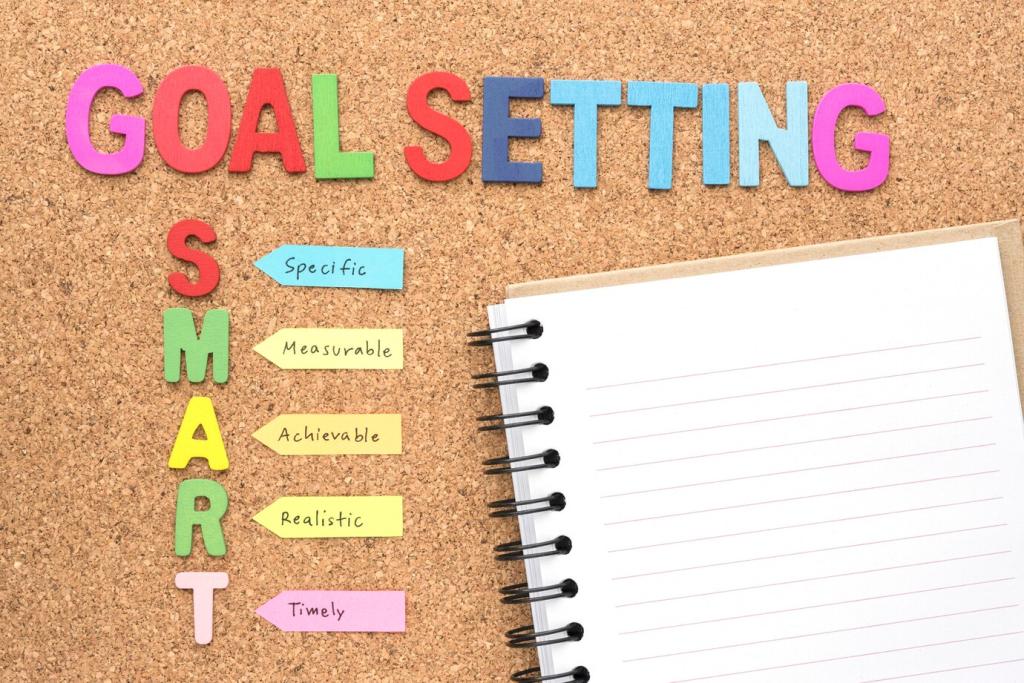
Practice Techniques for Speaking and Listening Exams in English
Excelling in English speaking and listening exams involves more than just knowing vocabulary and grammar rules. It requires confidence, active engagement, and effective practice methods tailored to mimic real exam conditions. Developing clear strategies for preparation can transform anxiety into assured communication. This guide explores practical techniques that nurture skills essential for these assessments, offering actionable steps and focused exercises to boost both speaking fluency and listening comprehension. With consistent practice using these methods, learners can approach their exams with readiness and achieve their desired results.
Simulating Real Exam Conditions
One way to mirror exam situations is through timed speaking practice. Set a timer for the duration you will be given during the actual exam and choose common speaking prompts. Focus on completing your response within the allotted time, organizing your thoughts quickly, and expressing them clearly without long pauses or filler words. By making this time pressure a normal part of your routine, you’ll find it easier to think on your feet during high-stress situations. Over time, timed speaking not only increases your speed of response but also improves your ability to organize information logically—both key markers that examiners are looking for.

Enhancing Speaking Fluency and Coherence

Recording and Self-Assessment
Recording yourself as you answer typical speaking exam questions is a powerful self-improvement tool. When you listen back, pay attention to pacing, clarity, and how well your ideas are structured. Notice any frequent grammar errors or filler words that break your fluency. Self-assessment allows you to observe growth over time and identify persistent issues you might overlook during live practice. By getting comfortable with your voice, you become more aware of your strengths and the specific areas that need refinement.

Practicing Spontaneous Speaking
Exams often require you to respond without much preparation, making spontaneous speaking practice vital. Take random prompts, look at a picture, or recall an interesting recent experience, then speak for one or two minutes without stopping. The goal is to keep talking even when you’re unsure, using strategies like rephrasing or elaborating to bridge gaps. This exercise builds resilience against nerves and helps you maintain coherence, ensuring your ideas remain connected and your speaking style more conversational and natural.

Using Linking Words and Signposting
Strategic use of linking words and signposts makes your speech easier to follow and showcases your ability to organize content logically. Practice beginning sentences with phrases like “Firstly,” “On the other hand,” or “In conclusion” to structure arguments or explanations. Working these connectors into your everyday practice helps you develop the habit naturally. In exams, effective signposting not only clarifies your message but also demonstrates higher-level language skills that examiners are keen to reward.
